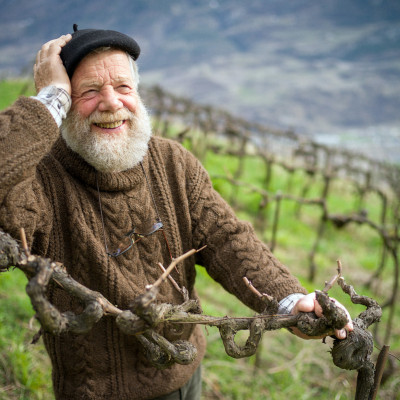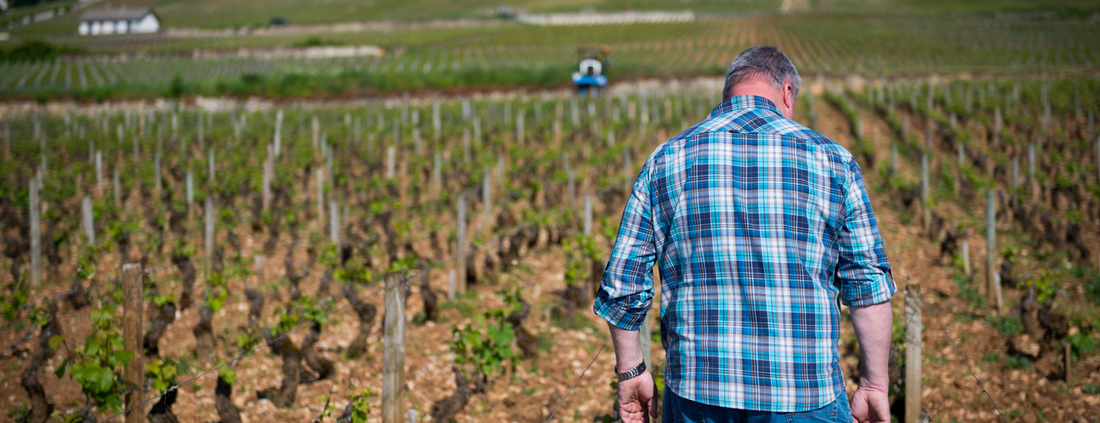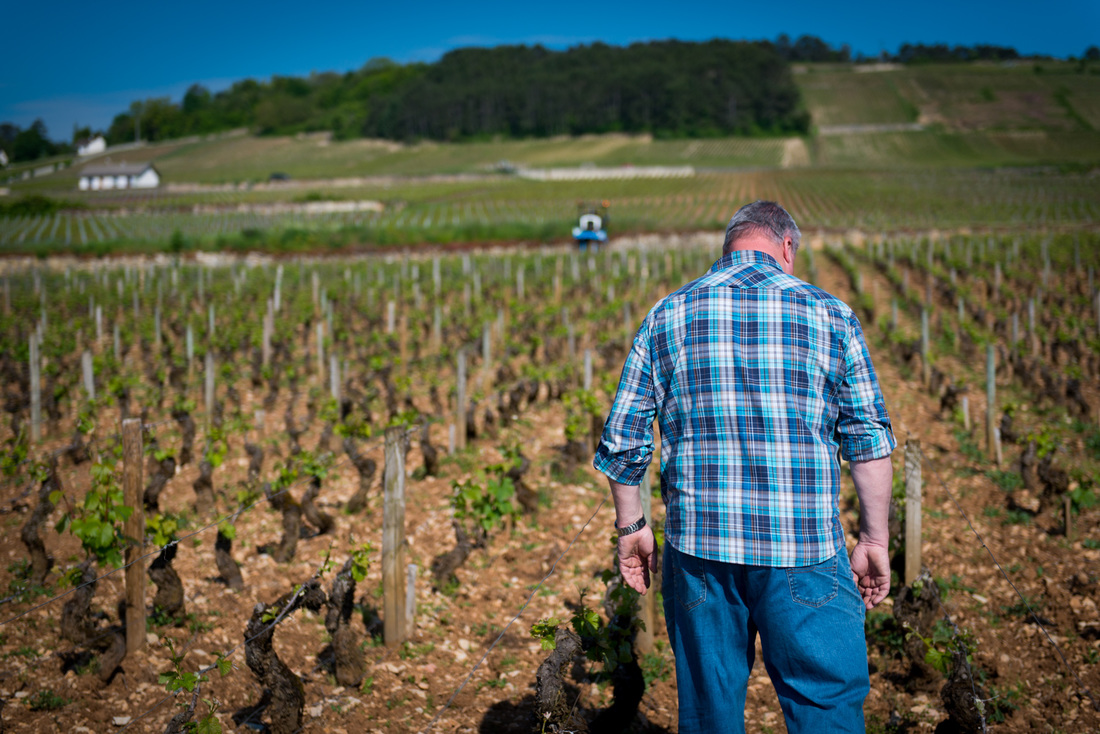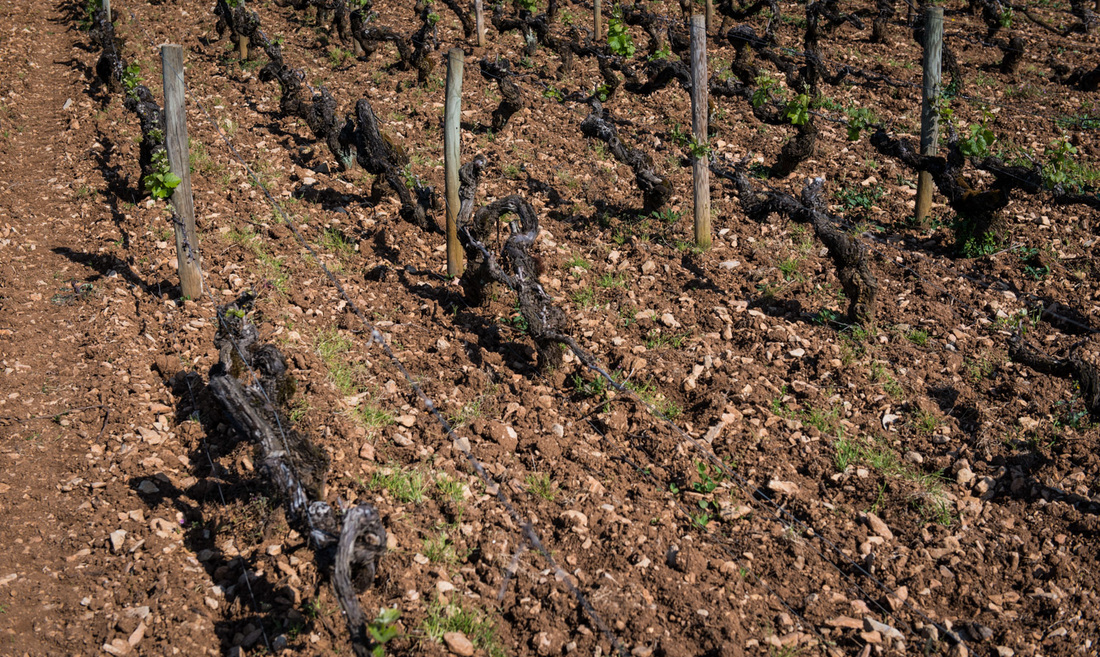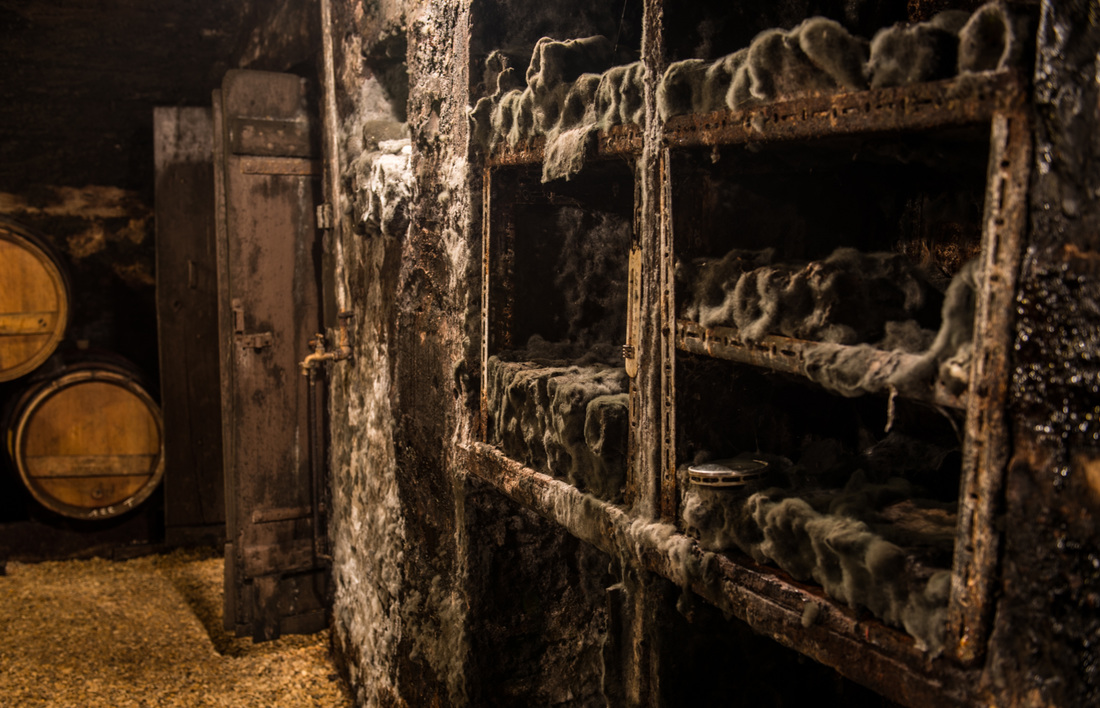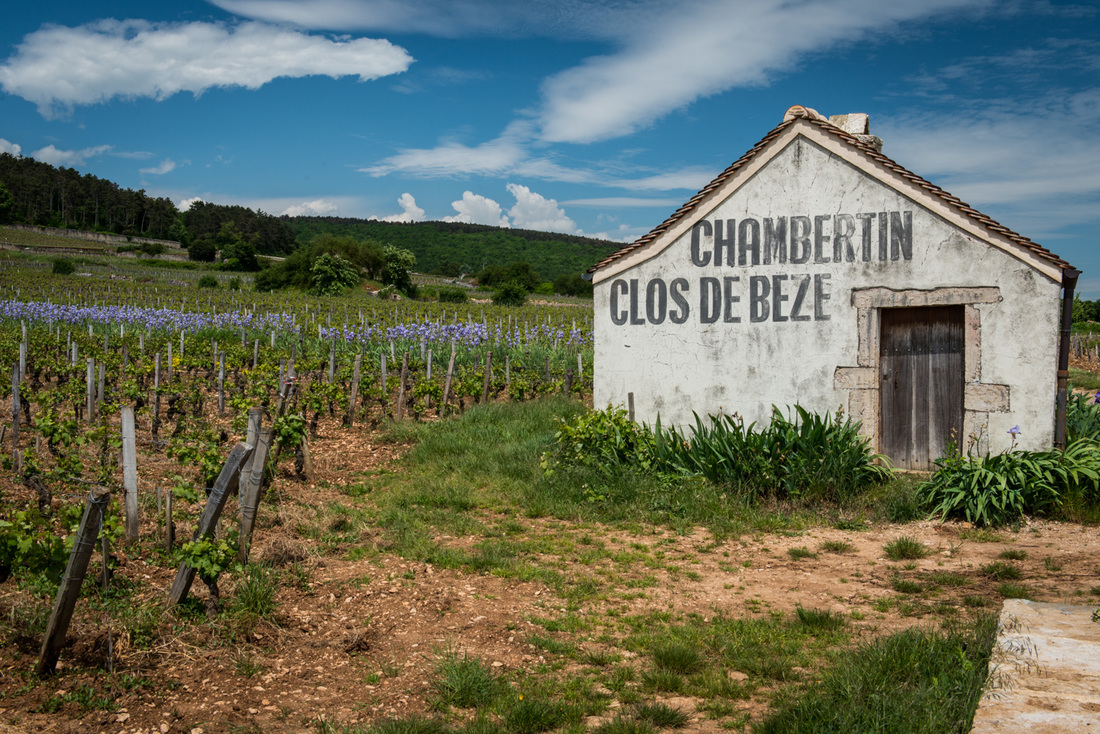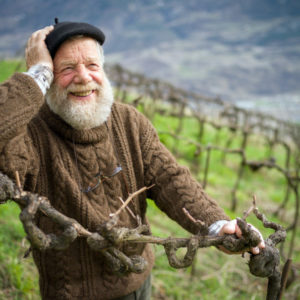
Jacky Granges of Domaine de Beudon
Just last week we brought in two deliciously obscure wines from a tiny Swiss producer in Valais, which the importer alleges is accessible only by a dangerous-looking alpine gondola. Unfortunately, as I reached out for more information about these wines, I was alarmed to hear that Jacky Granges, the grower and winemaker who took over in 1971 and developed the vineyards to be fully biodynamic by 1992, had passed away in the short time between tasting his wines and their arrival at the shop.
Tragedy, however, makes them no less interesting or delicious. Instead, perhaps we can look on the brighter side and consider the liveliness of his wines as an opportunity to experience a small sliver of existence upon the mountaintop parcels of Domaine de Beudon, rife with medicinal herbs, livestock, and onsite hydroelectric power to create an oasis of grape-friendly agriculture.
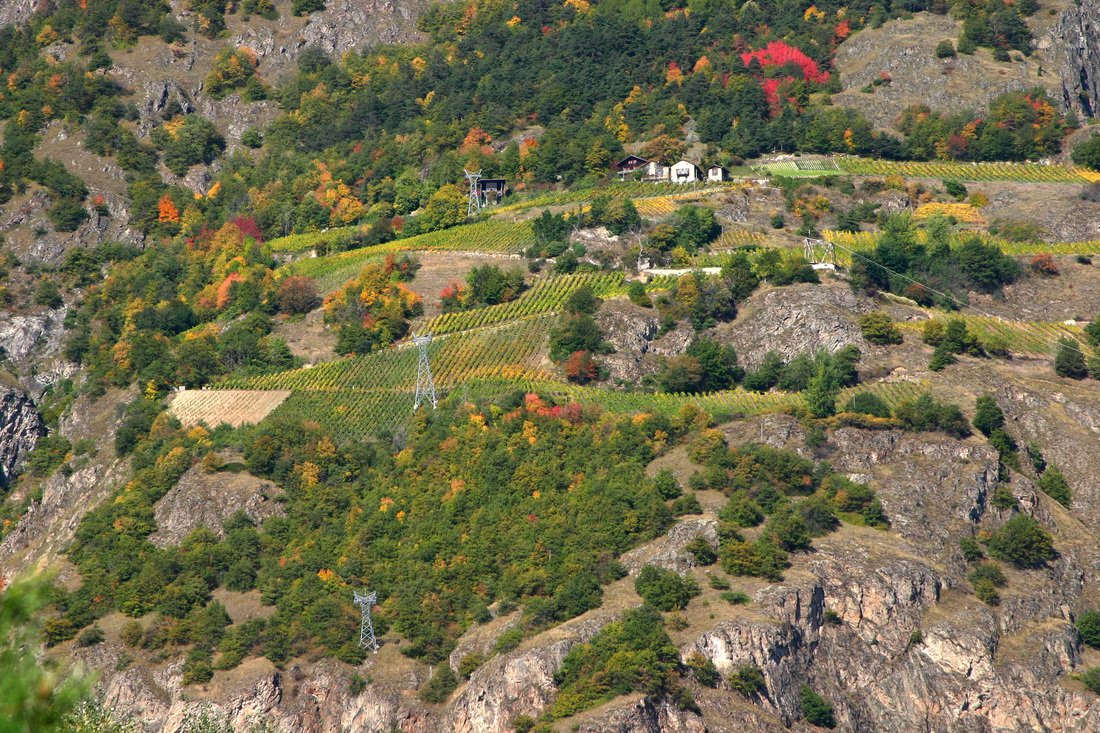
Domaine de Beudon
The Wines
The notable absence of wooden barrels at Domaine de Beudon belied a depth of flavor and fine tannin that I usually associate with cold-climate, thin-skinned grapes like Pinot Noir and Gamay which comprise the majority of 2007 Vielles Vignes “Constellation” Valias Rouge. In addition, a small amount of Diolinor (an indigenous variety) is blended with the wine to give the bright bing-cherry flavors a bit more density. With the bottle age, indigenous yeast vinification, and cool, slow fermentation of grapes grown on granitic soil, a tough, rusty-ness holds the wine to the earth while the complex aromas slowly rise from the glass.
Similarly, the 2009 “Schiller” Valais Rose, which substitutes indigenous Fendant for the Diolinoir of the rouge, opens with a rich iron-like aroma, and continues through the palate with excellent acidity and fresh Rainier-cherry fruit intensity. Where the rouge is centered and earth-bound, the rose feels like a creaking swing set with enough lift and gravity to consider a full loop around.
Up and down with a tension born of high-altitude natural farming, the wines of Domaine de Beudon are excellent, but limited. We are fortunate to have these examples of artisan winemaking in our shop, and oh how far to slake this sacred thirst.

